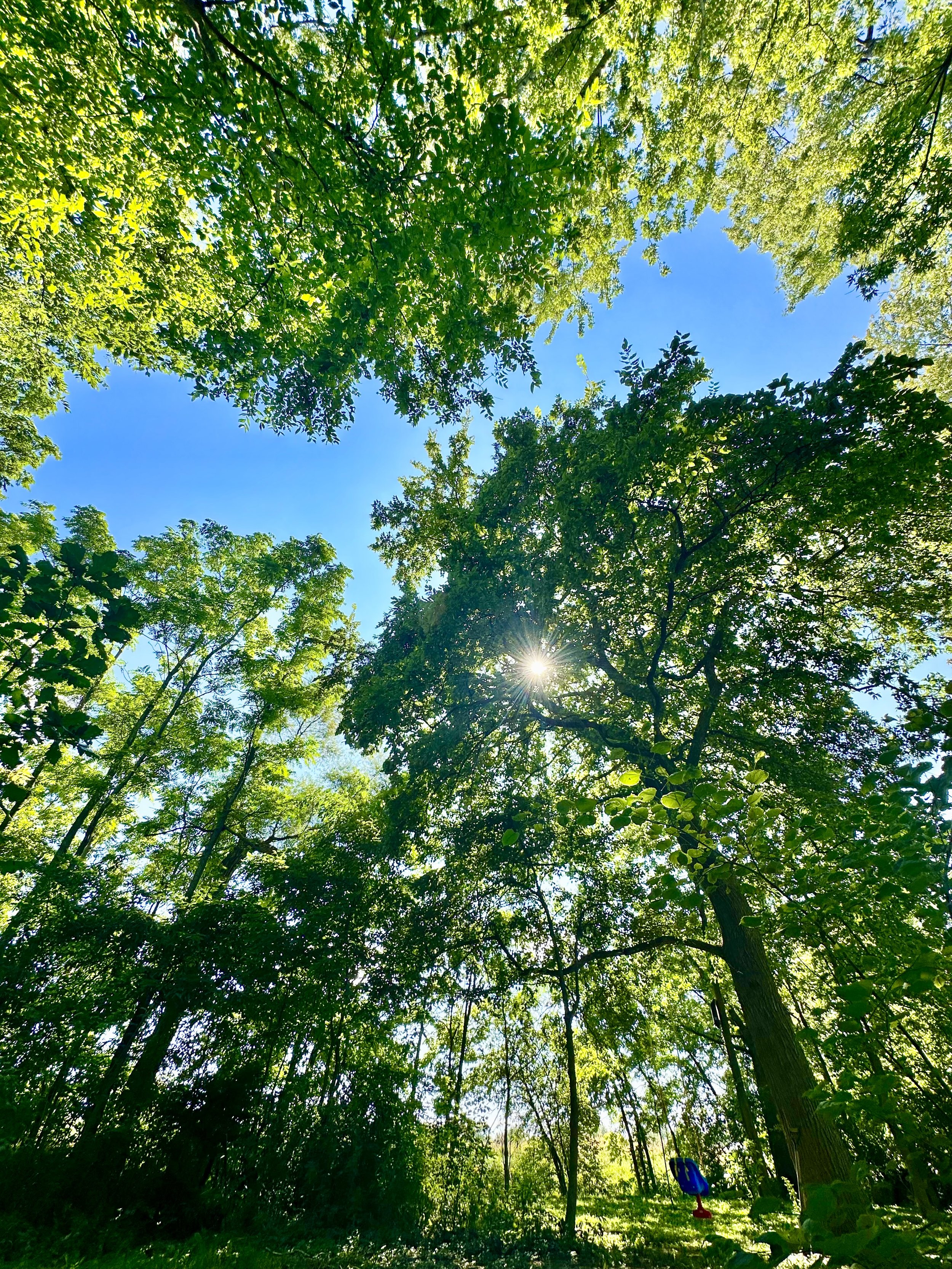
Beneficial Trees
Urban Forestry can be leveraged to serve local citizens and provide rewarding, lasting benefits. Trees require little attention and minimal care, yet they continuously deliver a positive impact wherever they are found. Through strategically placed trees, we can make a big, positive impact.
Wide-Ranging Health Benefits
From quicker hospital recovery to reductions in blood pressure and longer life in the elderly to reductions in undersized newborns, trees provide health benefits to the young and the new and in almost every setting.
Studies show total hospital admission times are ~10% less in patients with a view vs no view of trees
Another study found that for every 33% increase in city tree canopy there are 3 fewer undersized newborns for every 1,000 births
A Dutch study found that 10% more green space in living surroundings for the elderly can correlate to returning 5 years of life.
Mental health for working individuals and in the general population has been shown to be improved by providing green spaces to relax, exercise, and engage in fun social functions.
Return On Investment
Multiple sources and tools reveal the great financial benefit of trees. Trees impact multiple areas to help decrease costs and improve the value of the local environement:
Trees planted around homes, along streets, and in neighborhoods drastically increase home property values by up to 20%- in Portland, Oregon street trees in front or near a home added an average $8,870 to sale price
Rain water interception and groundwater uptake from tree leaves and roots decreases runoff and waste water burden decreasing water treatment and utility costs
Strategically placed trees (“right tree, right place”) can significantly reduce costs of heating and cooling easing homeowners monthly bills AND the burden on the electrical grid- one well-placed tree can reduce air conditioning costs alone by 50%
Trees uptake of CO2 and pollutants in the ground and air reduce not only the immediate cost of remedying pollution but also the long-term healthcare costs
Streets lined with shade trees can protect asphalt surfaces reducing repaving costs by as much as 58% over a 30-year period
Trees near businesses promote higher returns with customers perceiving merchants in a more positive light staying longer in stores, visiting more frequently, and being willing to pay as much as 12% more for goods
Protection and Security
Adding shade trees along the street and in neighborhoods can lower local crime rates, slow vehicle traffic, and reduce noise and distraction.
Neighborhoods greener with trees have less crime and violence in and out of the home compared to their more barren counterparts
More tree canopy, regardless of socioeconomic factors, lowers crime rates and improves perceived safety in public areas fostering safer neighborhoods.
A healthy tree canopy with shade trees significantly lowers urban heat from structures and asphalt and can also reduce harmful UV-B rays on school playgrounds and public area protecting citizens and children spending hours outside
Trees can also serve as a nature, pleasant, and cost-effective means to protect against and reverse the effects of climate change.
Trees are a natural carbon sink filtering CO2 from the air, releasing fresh Oxygen (O2) for us to breathe, and storing Carbon in the wood of their trunks and branches
Over the course of 1 year, 1 acre of mature trees absorbs the same amount of carbon released from a car driven 26 THOUSAND miles
Other means to offset climate change depreciate and wear out over time; however, trees appreciate in value over time absorbing more CO2 and delivering stronger protection against floods, drought, and heat as they age



